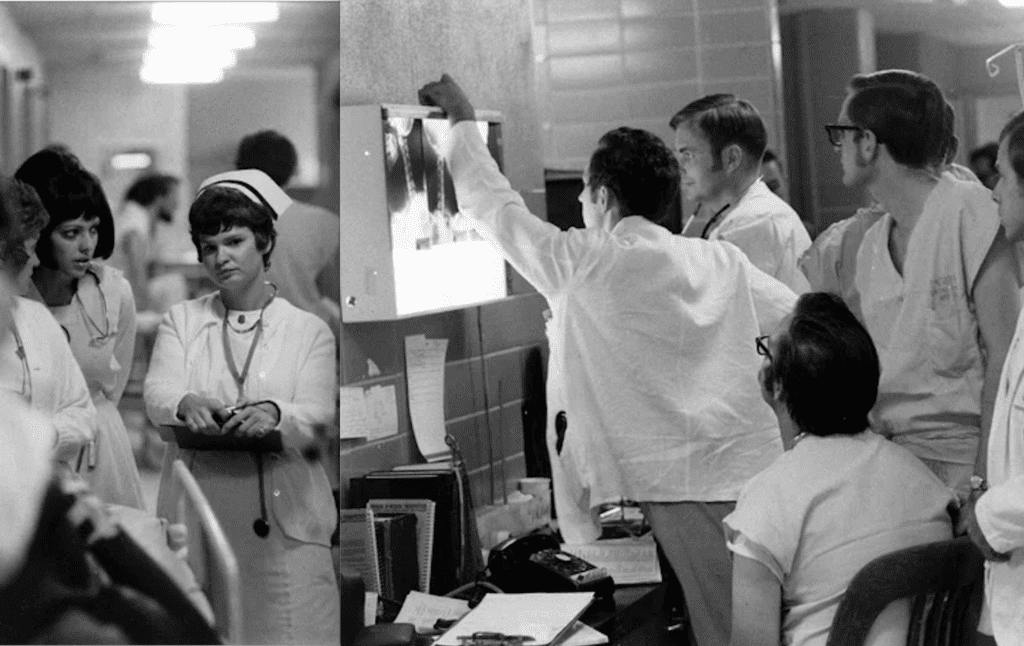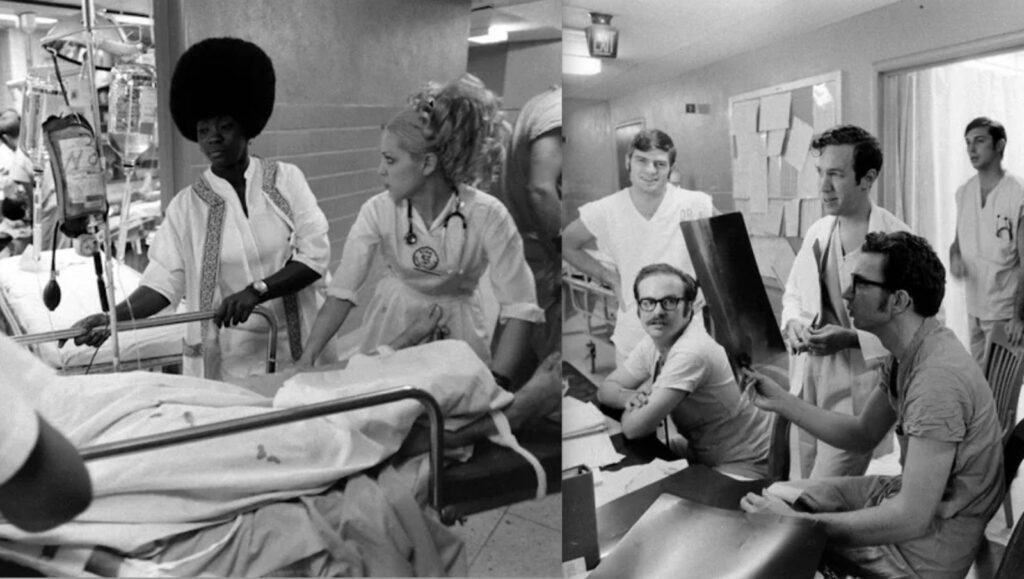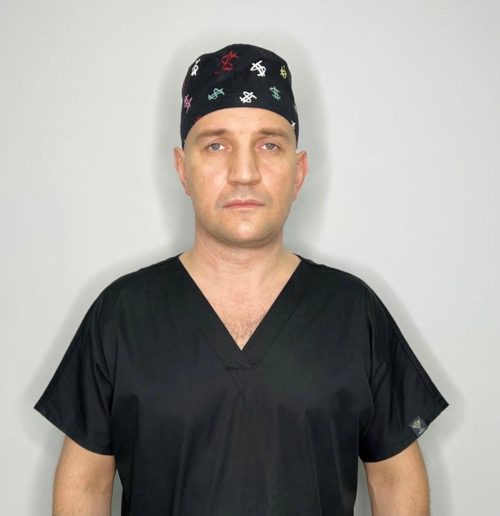Embryo Donation in Ukraine and Worldwide: History, Legal and Ethical Aspects, Relationship to Stem Cell Research
Embryo donation has become an important part of reproductive medicine and can be vital for couples suffering from infertility. The process involves transferring embryos left over from in vitro fertilization (IVF) to other people for implantation in their uterus. In recent decades, embryo donation has also become important for scientific research, such as embryonic stem cell research. This topic touches not only medical, but also ethical and legal aspects, which makes it relevant for many countries, including Ukraine.

1. What is embryo donation?
Embryo transfer, or embryo donation, is the process by which embryos remaining after an IVF procedure (as a result of fertilization of an egg by a sperm cell) are transferred to another woman (the recipient) to be implanted in her uterus for the purpose of pregnancy. Donation also includes medical aspects and processes, such as egg donation, which allows women who are unable to conceive for medical reasons to benefit from these embryos. In some cases, the embryos can be used for scientific research, such as the creation of embryonic stem cells.
The embryo donation process involves several steps:
- Embryo creation: This uses eggs and sperm provided by donors.
- Cryopreservation: Embryos can be frozen for future use.
- Embryo transfer: The embryo is transferred to the recipient’s uterus so that it can continue to develop and a pregnancy can occur.
2. History of embryo donation
This type of donation came about with the development of in vitro fertilization in the 1970s and 1980s. Doctors began experimenting with embryo freezing, which avoided repeated egg retrieval procedures for women who had already undergone IVF. Soon frozen embryos were used in clinics, and this gave rise to the practice of embryo donation.

The donation process includes strict donor requirements, the importance of informed consent, and ethical considerations associated with egg donation. Health centers play a key role in providing these procedures and compensating donors.
The first successful pregnancies using frozen donor embryos were recorded in the early 1980s, marking an important step in reproductive medicine.

Significant dates:
- 1984: first successful use of frozen donor embryos.
- 1990s: the beginning of the spread of embryo donation in the US, UK and other countries.
History of embryo freezing and its impact on viability
Embryo freezing (or cryopreservation) is an important step in reproductive medicine that allows embryos to be preserved for long periods of time for later use. This discovery was a significant step in the development of in vitro fertilization (IVF) because frozen embryos can be used in the future, allowing multiple applications of a single treatment cycle.
Who invented embryo freezing?
Embryo freezing was made possible by work done in the 1960s and 1970s. Initially, freezing was used to preserve sperm and eggs, but then scientists began to investigate the possibility of freezing embryos.

- Pioneers of embryo freezing:
- In England, the first embryo freezing experiments were conducted in 1964 by Dr. Christopher Polge, who was a pioneer in the field of cryobiology. His work laid the foundation for the development of embryo preservation techniques, which have since become an integral part of modern reproductive technologies such as in vitro fertilization (IVF).
- In 1972, the first successful attempt was made to freeze human embryos in the United States, but the experiment was not successful.
- The first successful freezing and thawing of human embryos occurred later, in 1983, with the significant involvement of researchers such as Sir Robert Edwards, who is known for his role in the development of IVF.
- First successful pregnancy using frozen embryos:
- In 1983, the first successful pregnancy using frozen embryos was recorded. This was an important step, as until then doctors had been faced with the difficulty of preserving the viability of embryos after thawing, given the different chromosomal set of somatic and germ cells.
- A clinic in Australia participated in this experiment, and the results showed that embryos frozen at the 2-4 cell stage can be successfully thawed and result in pregnancy.

Embryo viability issues after thawing
Embryo freezing is a complex process and has remained problematic over the years, with many embryos losing their viability after thawing. Figuring out how to keep embryos “alive” while frozen and how to properly thaw them without damaging them has become an important aspect.
- Problems with cryoprotectants:
- One of the main problems scientists faced was cryoprotectants, substances that are used to protect cells from damage during the freezing process. Previously used cryoprotectants did not always ensure complete preservation of embryo cells, which led to their destruction.
- In the initial stages of freezing, substances were used that caused the formation of ice crystals inside the embryo cells, which destroyed their structure. Only with the development of technology and the emergence of new cryopreservation methods, such as vitrification (rapid freezing), was it possible to minimize this risk.
- Vitrification:
- Vitrification was a revolutionary method of embryo freezing that provided greater embryo viability after thawing. This method allows embryos to be frozen very quickly, preventing the formation of ice crystals. Vitrification has significantly increased the success of reproductive medicine.
- Modern vitrification techniques allow embryos to be successfully preserved frozen for long periods of time, and the percentage of successful thawing and implantation has become much higher.
- Viability of embryos after thawing:
- In the early stages of cryopreservation, the viability of embryos after thawing was quite low, being about 20-30%.
- Today, through the use of vitrification, embryo viability after thawing can be as high as 70-80%, which has significantly increased the success of IVF and embryo donation.

3. Donation of embryos for reproduction
The process of embryo donation for reproductive purposes has become an important tool in the fight against infertility. Becoming a donor is an act of solidarity that helps couples realize the dream of having a healthy child. It allows couples with fertility problems to have children even if they do not have healthy eggs or sperm of their own.
Types of donation:
- Anonymous donation: The donor and the recipient do not know each other and there is no direct contact between them. Sperm for fertilization can be provided by either the patient’s partner or the donor, emphasizing the importance of the partner’s role in the fertilization process for single women or women with pelvic organ problems.
- Semi-open donation: Donor and recipient can exchange anonymous information through a third party.
- Open donation: Donor and recipient know each other and can communicate directly.
- Identity Disclosure Donation: When children born from donor embryos can obtain information about the donor when they reach 18 years of age.
Indications for the use of donor embryos

How donor embryos are obtained
Embryo donors can be IVF patients who have unused cryopreserved embryos left in the cryobank after the birth of their child. With their voluntary and written consent, these embryos can be donated to an infertile couple or single woman. The fertilization of donor eggs with donor sperm takes place in the laboratory using intracytoplasmic injection (ICSI). This method allows to increase the probability of successful fertilization and obtain quality embryos. After fertilization, the embryos are frozen and stored in a cryobank until they can be used.

Embryo donation process
The embryo donation process involves several steps. First, the embryo donor undergoes a medical examination to determine his or her suitability for donation. This examination includes tests for infections, genetic diseases and other medical conditions. The embryos are then removed from the cryobank and prepared for transfer into the patient’s uterus. Embryo transfer is performed according to the Rh factor, ovulation cycle and other medical conditions to ensure the best conditions for implantation. After embryo transfer, the patient is monitored and examined to determine the success of the procedure. A fertility doctor and an obstetrician-gynecologist monitor the process to ensure the best chance of a successful pregnancy.
4. Legislation and ethical issues
Legislation on embryo donation varies from country to country. In some countries, such as the USA and the UK, embryo donation is widespread and regulated by strict laws. In Ukraine, embryo donation procedure is also allowed, but it is still at the development stage.

Key points of the legislation:
- In the United States, the use of donor eggs is regulated at the individual state level. Some states, such as Michigan, have strict laws restricting the use of donor embryos.
- Embryo donation is legal in the UK, but all clinics must adhere to confidentiality and informed consent rules.
- In Ukraine, embryo donation is regulated by medical standards and ethical principles, but is not yet widely practiced as in other countries.
5. Embryo donation for scientific research
Embryonic donation is also actively used in scientific research, primarily to create embryonic stem cells. These cells have the unique ability to turn into any type of cell, which holds great promise for treating diseases such as Parkinson’s disease, cancer and SMA.

Statistics on embryo donation for research:
- USA: 60% of embryo donors surveyed would be willing to donate their embryos for scientific research.
- France: 7% of IVF donors agreed to embryo donation for scientific purposes.
- Switzerland: 73% of embryo donors donate embryos for research.
Embryonic Stem Cells: Embryonic stem cells are used in various research projects to study treatments for diseases such as:
- Alzheimer’s disease
- Amyotrophic lateral sclerosis (ALS)
- Parkinson’s disease
6. Emotional and psychological aspects
The embryo donation process has a strong emotional impact on everyone involved – donors and recipients alike.
It is important to note that the age of the woman has no significant impact on the success of using donor embryos if the woman is healthy and has a healthy uterus.
Psychological aspects for donors:
Embryo donors often feel a sense of satisfaction knowing that their embryos will help others become parents. However, for some women, it can be a difficult and emotionally intense process.

Psychological aspects for recipients:
For women who receive donor embryos, the process can be both joyful and challenging. Couples may experience anxiety about the genetic connection to the baby and the perception of their role as parents.
7. Advantages and disadvantages of embryo donation
Advantages:
- Allows women who cannot get pregnant to become mothers.
- Reduces risks to women’s health by avoiding repeated in vitro fertilization procedures.
Disadvantages:
- Ethical and legal issues related to the rights of the donor, recipient and child.
- Possible psychological difficulties for all participants.
8. Current trends and perspectives
Embryo donation continues to evolve. With the advent of new technologies and research in genetics and stem cells, it is possible to expand the possibilities and improve the effectiveness of this procedure.

Trends:
- Genetic diagnosis of embryos: Using genome editing technologies, it will be possible to create healthier embryos, increasing the likelihood of a successful pregnancy.
- Using artificial intelligence: In the future, there may be systems that can help select the most suitable embryo donors based on genetic compatibility.
9. Risks and complications
Embryo donation is associated with risks for both recipients and embryos:
Embryo risks: not all embryos can successfully engraft, and the likelihood of success depends on the quality of the embryos and the health of the recipient.

Maternal health risks: hormonal drugs used to prepare the uterus can cause side effects.
| Country | Percentage of donors who donated embryos for research |
|---|---|
| USA | 60% |
| France | 7% |
| Switzerland | 73% |
The link between donor embryos and stem cell treatment is the use of embryonic stem cells, which can be derived from donor embryos. Embryonic stem cells (ESCs) have the unique ability to turn into any type of cell in the body, making them very valuable for medical research and treatment of various diseases.
10. How are donor embryos used for stem cell research?
When embryos are created through in vitro fertilization (IVF), sometimes there are excess embryos that are not used for implantation in the uterus. These embryos may be frozen or donated for research purposes. One of their main uses is to produce embryonic stem cells that can be used in research to develop new treatments.

Embryonic stem cells have two key properties that make them valuable:
- Potential for differentiation: ESCs can develop into any cell type, including neurons, heart cells, liver cells and others.
- Self-replication: These cells can endlessly divide and produce new stem cells, making them ideal for long-term use in therapy.
Embryonic stem cells and disease treatment
Using embryonic stem cells, scientists are exploring new ways to treat various diseases such as:
- Parkinson’s disease
- Amyotrophic lateral sclerosis (ALS)
- Dementia, including Alzheimer’s disease
- Heart disease
- Cancer
Embryonic stem cells could be used to replace damaged cells or tissues, opening up prospects for treating diseases that are currently considered incurable.

Use of donor embryos for research
Many couples going through IVF may decide to donate their surplus embryos for scientific research. This can be done in order to:
- Developing new therapies using stem cells.
- Improvements to existing reproductive medicine technologies.
- Research in genetics and regenerative medicine.
Example: Research using embryonic stem cells has allowed scientists to better understand how diseases such as cancer develop. This research is also aimed at finding new treatments where stem cells can be used to repair damaged tissues or organs.
Ethical and legal aspects
Nevertheless, the use of embryonic stem cells from donor embryos raises ethical issues related to the rights of embryos and the possible consequences of such technologies. Some countries, such as the United States, have strict laws governing the use of donor embryos for research purposes, and these issues are often discussed in the context of bioethics.
Thus, the link between donor embryos and stem cell treatments is that embryonic stem cells derived from donor embryos are a powerful tool for research and development of new treatments for various diseases, especially those that still lack effective therapeutic solutions.
In conclusion, we would like to add that Coolaser Clinic uses only safe protocols and we are strongly against the clinical use of embryonic stem cells in clinical practice despite their great potential!
This article is presented for informative and educational purposes. Our clinic does not provide IVF or Embryo Donation services.
Sources:






